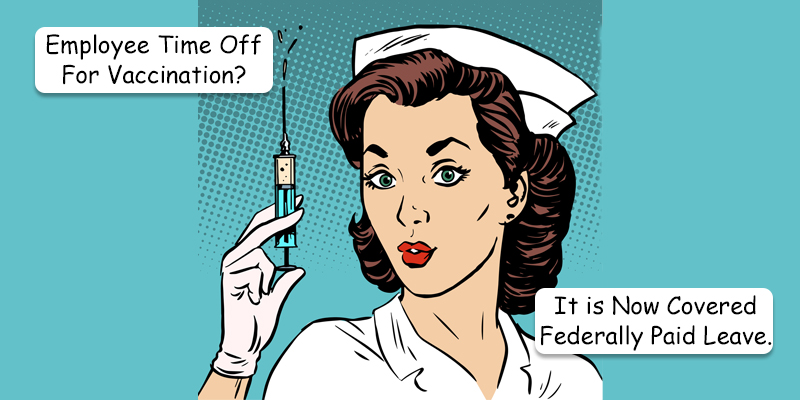FFCRA Sick & Family Leave is New and Improved
The Families First Coronavirus Response Act (FFCRA) was the first COVID-19 Act passed by Congress on March 18, 2020. Back then, the belief was that COVID-19 would be a short-lived inconvenience where an employee may need to take a couple weeks off from work, and this Act was to allow them that benefit without cost to the employer. Here we are, a year later, still feeling the effects. The Consolidated Appropriations Act (CAA) 2021, passed on December 27, 2020, extended this federal paid leave until March 31, 2021, and we now find further extension and expansion in the recently-passed American Rescue Plan (ARP) Act of 2021.

Rather than rehashing the stuff you should already know, as this has been in effect for over a year, we will jump right into the details of the expansion and extension. If you do need a refresher, check out this article written last year. Effective January 1, 2021, an employer is no longer federally mandated to offer this paid leave. I say, why not offer it? It is a great benefit that you can provide to your employees at no cost. Plus, the employee will not feel that they have to come to work while not feeling 100%, or worse yet, while they are COVID-19 positive, because missing work could be a financial hardship. You will receive an immediate payroll tax credit for 100% of the wages paid plus the employer tax expense and the allocable amount of the employer's health plan expenses, so there is no real direct financial cost to you.
About Us!
The ARP Act changes go into effect on April 1, 2021 for those employers who will voluntarily offer this federally-paid sick and family leave to their employees. All leave balances reset on this date and employees will receive a brand new bank of two weeks paid leave. This extended leave will expire on September 30, 2021.
The ARP Act expanded by adding three additional reasons for which an employee is entitled to take leave:
- Time off for an employee who is seeking or awaiting the results of a diagnostic test for COVID-19 or a medical diagnosis of COVID-19.
- Time off to receive COVID-19 immunization.
- Time off to recover from any adverse health impacts arising from a COVID-19 immunization.
The ARP Act increases the wage limit for Emergency Family and Medical Leave Extension (EFMLA) from $10,000 per employee to $12,000 per employee and the 10-day unpaid waiting period has been eliminated. EFMLA can now be used for any of the original six-leave reasons, in addition to the three new reasons listed above. It is not clear whether employees will receive a new bank of EFMLA, so we expect guidance on this in the near future.
Certain government entities are now eligible to take payroll tax credit that may have previously been ineligible.
As a side note, if you do take the credit for FFCRA leave wages paid, you cannot claim those wages towards forgiveness of a PPP loan or the Employee Retention Tax Credit. Those are not reasons you should not offer this leave.
As with the passage of every other Act, we may find additional clarification on this subject released by either the US Department of Labor and/or the IRS.